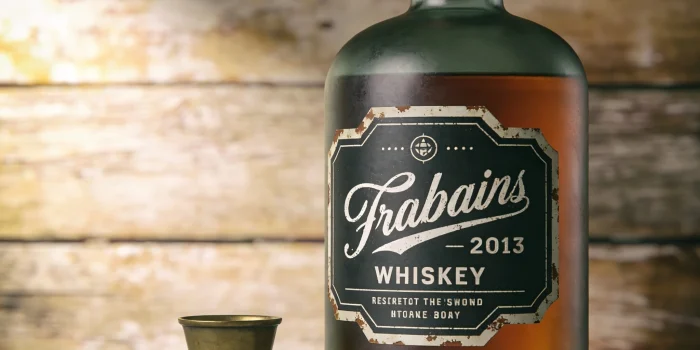That "great price" per bottle might not be…
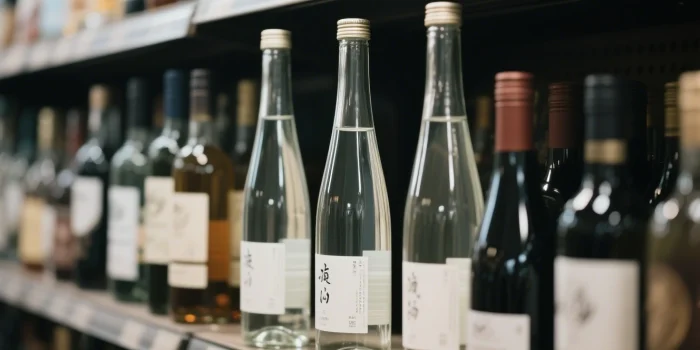
Slim vs. Wide: Choosing the Right Liquor Bottle Shape
Slim vs. Wide: Choosing the Right Liquor Bottle Shape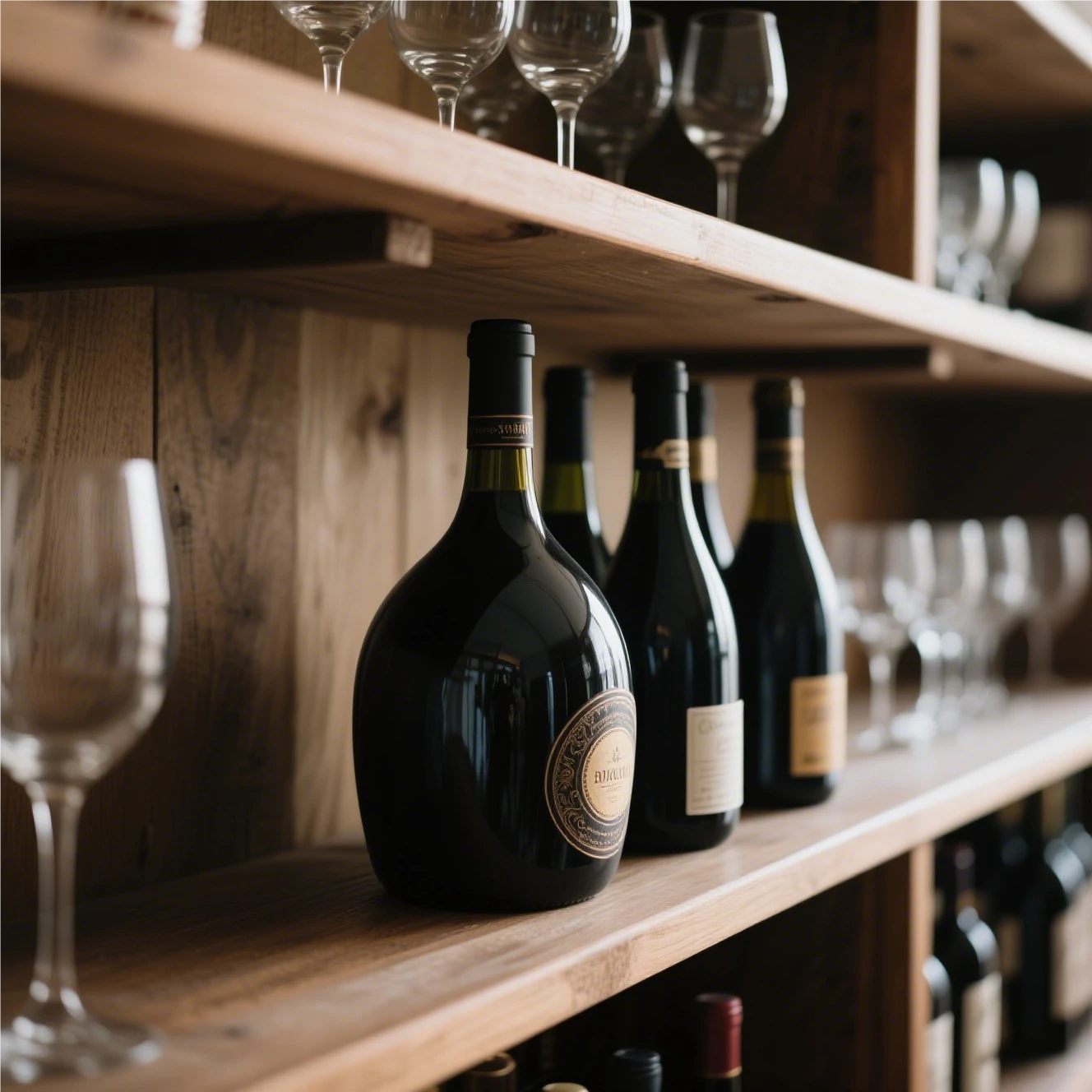
When it comes to liquor bottles, the shape is not just about aesthetics; it plays a crucial role in various aspects, from functionality to brand perception. The two main categories of bottle shapes, slim and wide, each have their own unique characteristics and advantages. Let’s delve into the differences to help you make an informed decision when choosing the right liquor bottle shape.
The Allure of Slim Bottles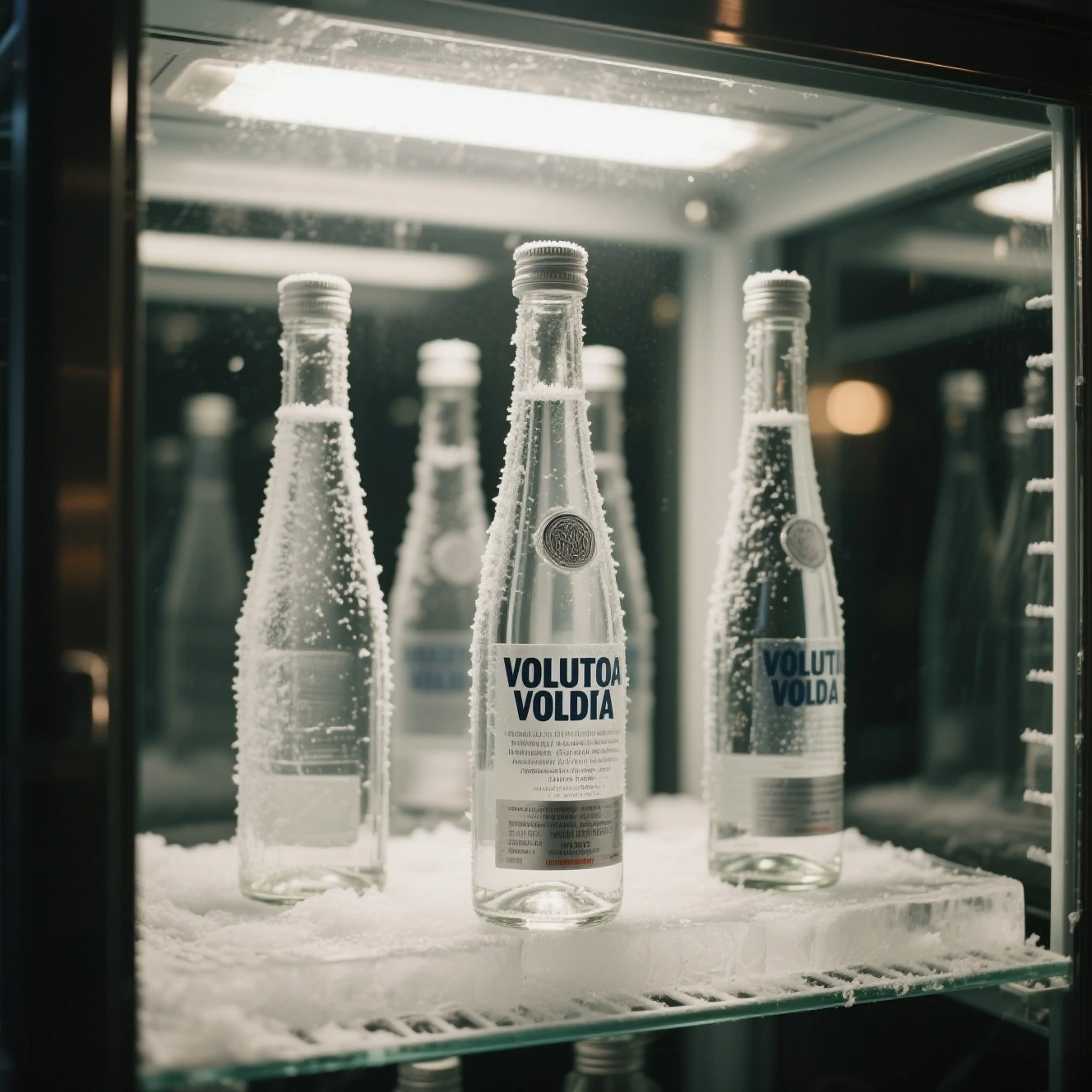
Slim liquor bottles are known for their elegant and sophisticated appearance. Their tall and slender design gives them a distinct look that can make a statement on any shelf or bar. One of the key advantages of slim bottles is their space – saving nature. In a crowded liquor store or a small home bar, these bottles can be easily stacked or placed side by side, maximizing storage space without sacrificing visual appeal.
Functionally, slim bottles are often easier to handle. Their narrow body allows for a more comfortable grip, especially for those with smaller hands. This makes pouring more precise, reducing the risk of spills. In a professional bartending setting, the ease of handling slim bottles can contribute to a smoother and more efficient service.
From a branding perspective, slim bottles can convey a sense of refinement and exclusivity. Brands that target a more upscale or sophisticated market may opt for slim bottle shapes to enhance their brand image. For example, many high – end vodkas or artisanal liqueurs come in slim bottles, which helps them stand out in a competitive market.
The Appeal of Wide Bottles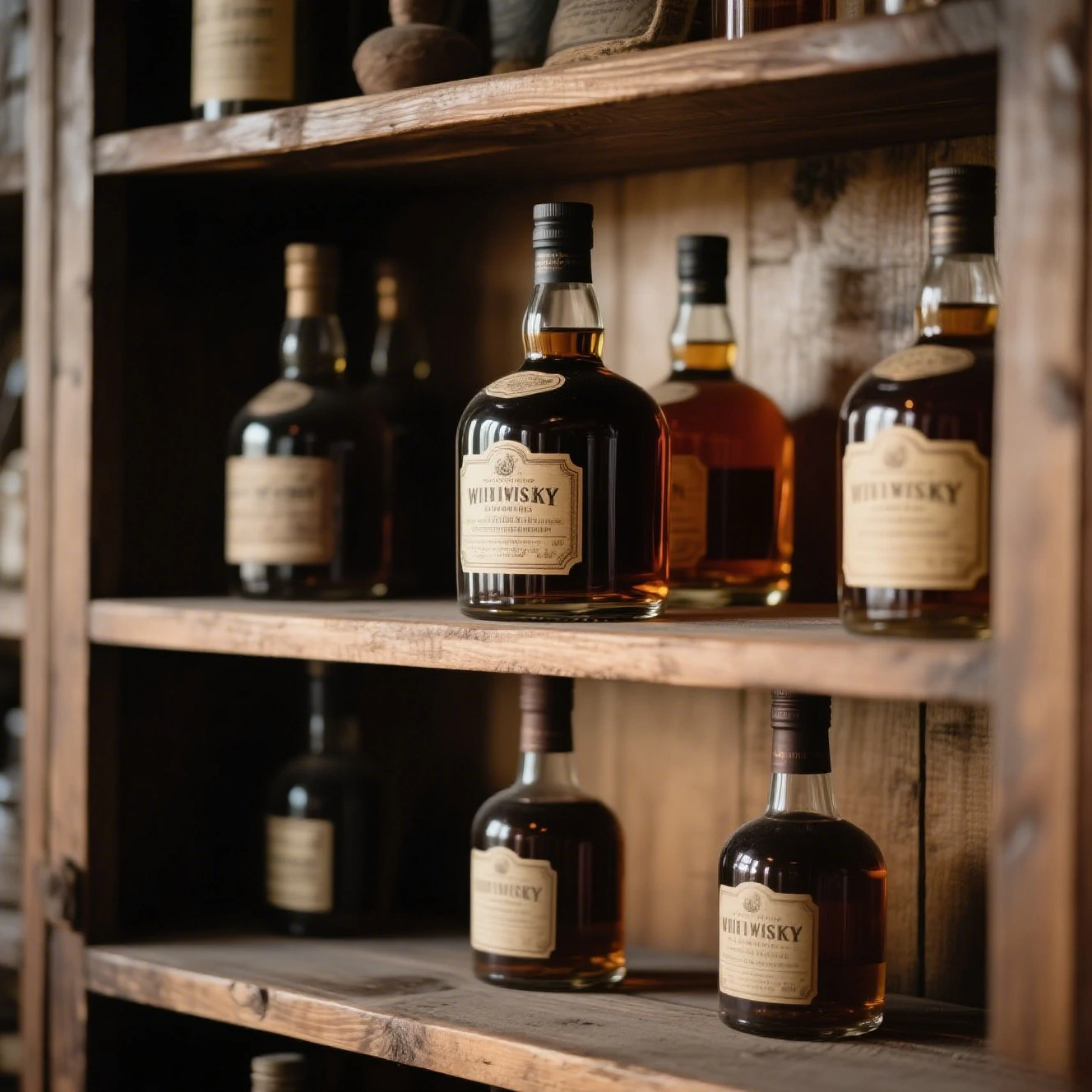
Wide liquor bottles, on the other hand, offer a different set of benefits. Their broader base provides greater stability, which is particularly important for larger – sized bottles or those containing heavier spirits. This stability reduces the risk of the bottle tipping over, making it a safer choice for both storage and display.
Wide bottles also have a more substantial presence. Their larger surface area can be used more effectively for labeling and branding. A wide bottle allows for more elaborate label designs, which can be a powerful marketing tool. Brands can include more information about the product, its origin, and its unique selling points on a wider label surface.
In terms of the drinking experience, wide bottles can sometimes enhance the aeration of the liquor. For certain spirits like whiskey or brandy, a wider opening or body can allow the liquid to interact with air more freely, potentially enhancing the aroma and flavor. This is especially relevant when the liquor is being poured into a glass and allowed to “breathe” before consumption.
Considerations for Different Liquors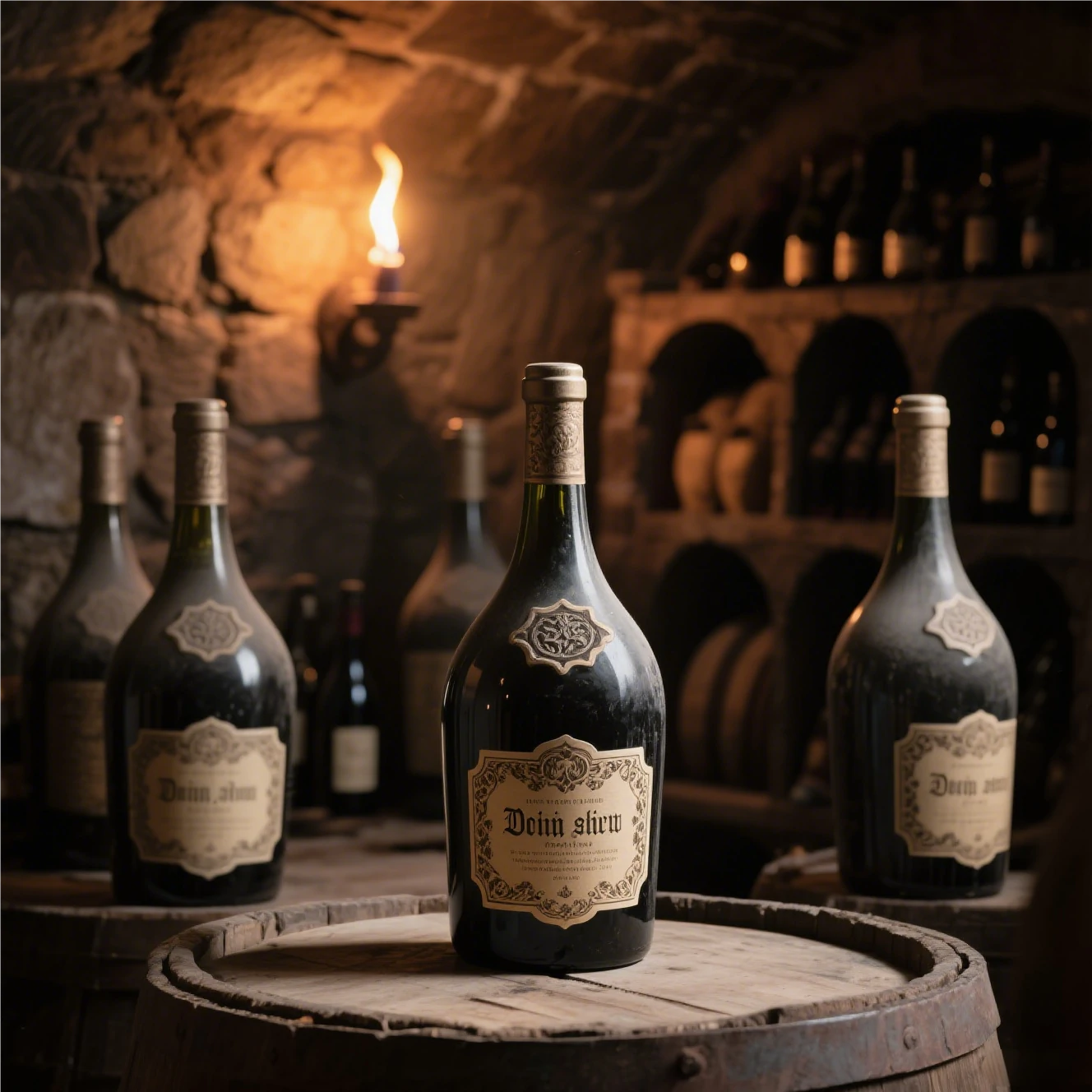
The type of liquor also influences the choice between slim and wide bottle shapes. For clear and delicate spirits like vodka or gin, slim bottles are often a popular choice. Their clean and sleek design complements the purity and smoothness associated with these spirits. The narrow neck of a slim bottle can also help maintain the cold temperature of the vodka or gin for longer, as less air is able to enter the bottle.
For darker and more robust spirits such as whiskey, rum, or cognac, wide bottles can be more suitable. These spirits are often associated with a sense of richness and depth, and the broader shape of a wide bottle can mirror that perception. Additionally, as mentioned earlier, the potential for better aeration in wide bottles can enhance the complex flavors of aged whiskeys or cognacs.
Design and Branding Factors
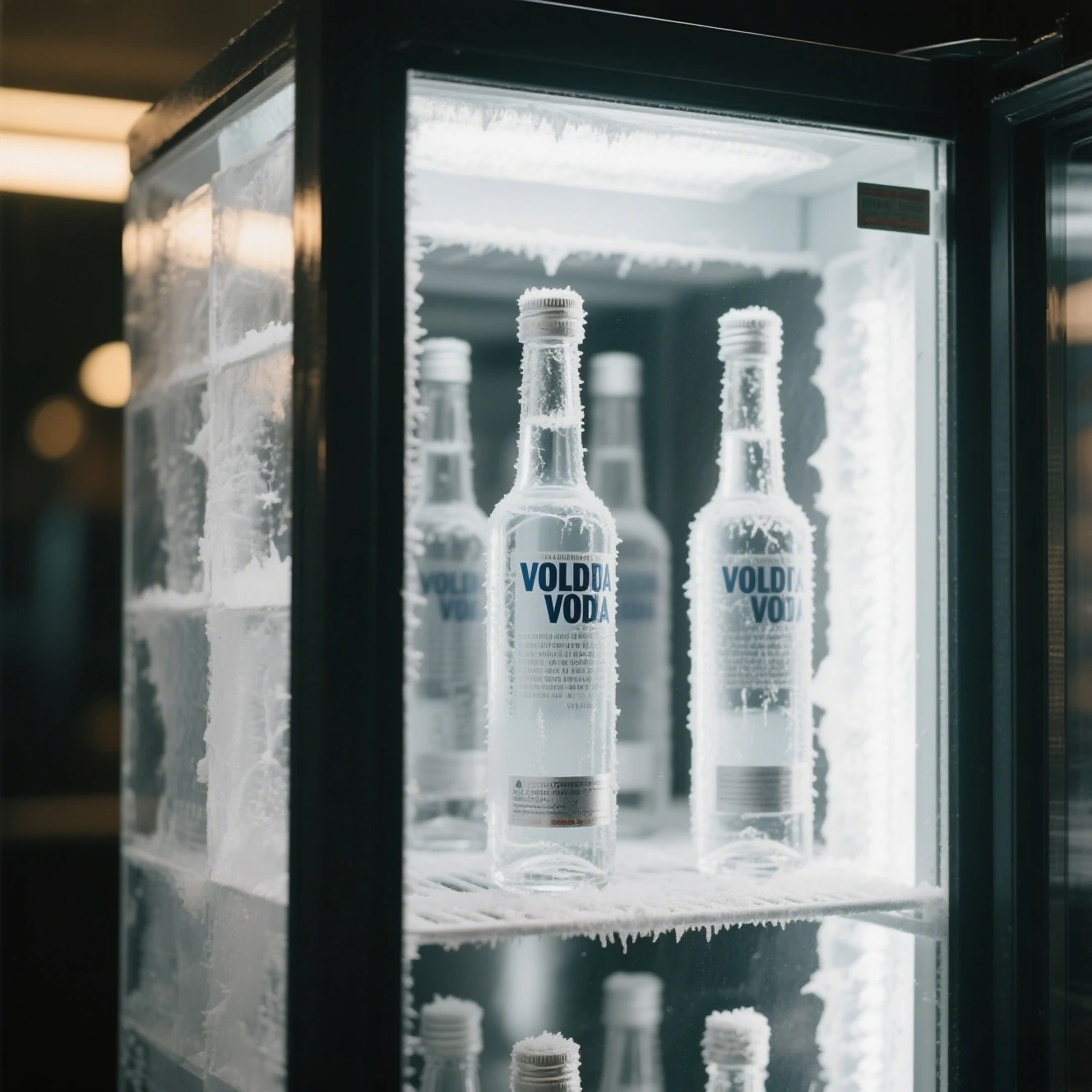
Your brand identity should be a guiding factor in choosing a bottle shape. If your brand is associated with modernity, elegance, and minimalism, a slim bottle might be the perfect fit. It can convey a sense of simplicity and sophistication that aligns with these values. On the other hand, if your brand is about tradition, heritage, and a full – bodied experience, a wide bottle could better represent your brand image.
The label design also needs to be considered in relation to the bottle shape. A slim bottle may require a more streamlined and vertically – oriented label design to fit its shape. In contrast, a wide bottle offers more space for creative and detailed label designs, including the use of large images, intricate patterns, or multiple panels of text.
Conclusion
In conclusion, the choice between a slim and a wide liquor bottle shape depends on a variety of factors. Functionality, the type of liquor, brand identity, and label design all play important roles in making the right decision. Whether you’re a liquor producer looking to package your product attractively, a bar owner trying to optimize storage space, or a consumer choosing a bottle for your home collection, understanding these differences will help you select the bottle shape that best meets your needs. So, the next time you’re faced with a row of slim and wide liquor bottles, you’ll know exactly what to look for.


